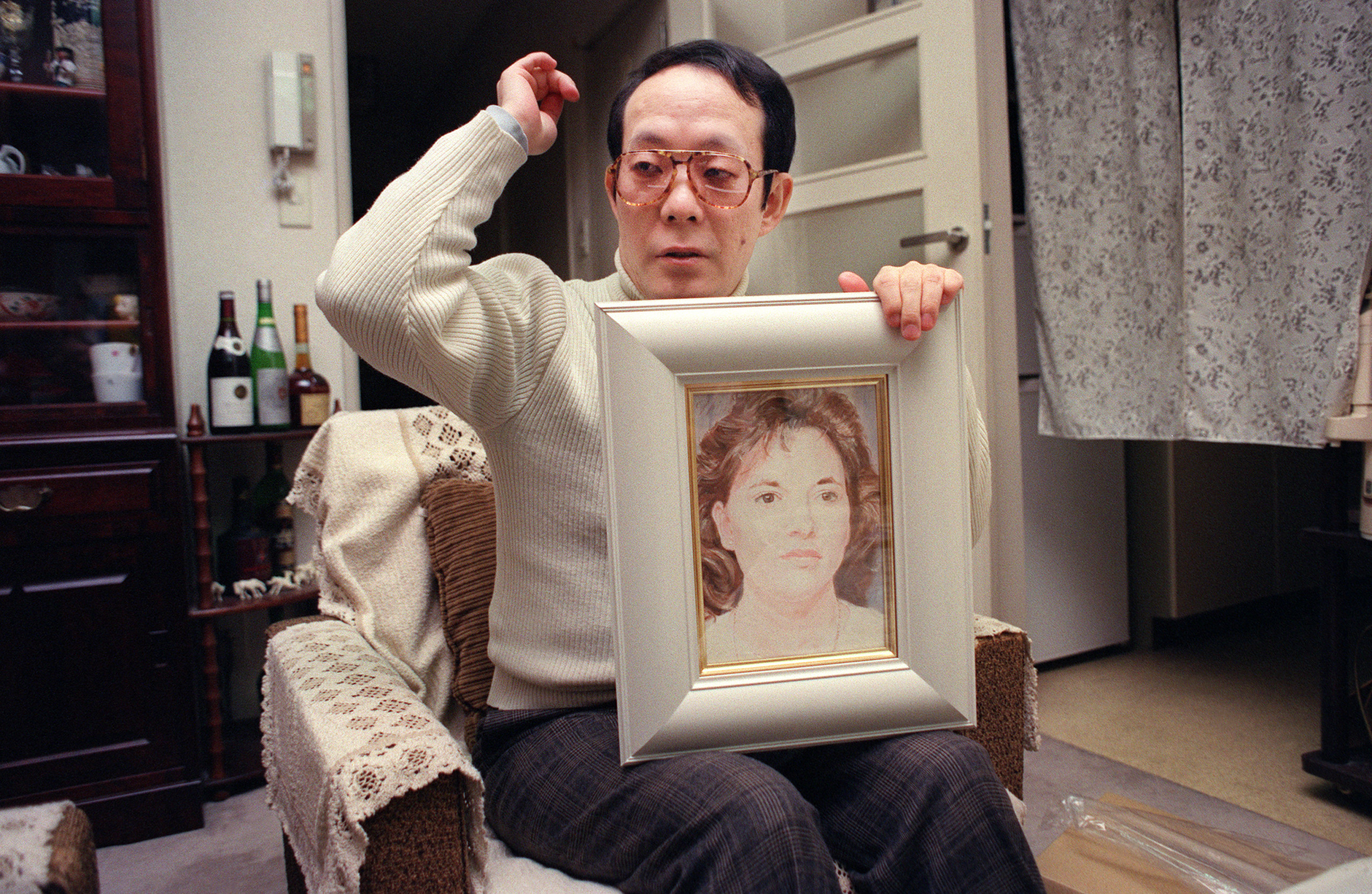Issei Sagawa, Renée Harteveldt, and the Autopsy Timeline Videos: A Critical Examination of Complexities
Thesis Statement
The autopsy timeline videos documenting the dismemberment and cannibalization of Renée Harteveldt by Issei Sagawa present a complex and disturbing case that raises profound ethical, social, and legal questions. This essay will critically examine the complexities of these videos, analyzing the perspectives of various stakeholders, the ethical implications of their dissemination, and the broader implications they have for our understanding of humanity and the boundaries of human behavior.
The Crime and its Aftermath
In 1981, Issei Sagawa, a Japanese student living in Paris, lured Renée Harteveldt, a Dutch student, to his apartment under the pretense of discussing literature. After shooting Harteveldt in the neck, Sagawa dismembered her body and consumed portions of her flesh over the course of several days. He meticulously documented his actions in a series of photographs that he later developed into videos.
Sagawa was subsequently arrested and charged with murder and cannibalism. However, he was declared legally insane and acquitted in a French court in 1983. He was extradited to Japan in 1984, where he was confined to a mental institution. In 1995, Sagawa was released and has since become a controversial figure in Japan, writing books and appearing in media interviews that glorify his crime.
The Autopsy Timeline Videos
The autopsy timeline videos, which were released in the early 2000s, provide a chilling and graphic account of Sagawa's actions. They have been the subject of intense debate and controversy, with some arguing that they are an important historical document that exposes the depths of human depravity, while others condemn them as exploitative and voyeuristic.
Perspectives on the Videos
The autopsy timeline videos have sparked a range of reactions from different stakeholders:
Ethical Implications
The dissemination of the autopsy timeline videos raises a number of ethical concerns:
Broader Implications
Beyond the specific ethical concerns, the autopsy timeline videos have broader implications for our understanding of humanity and the boundaries of human behavior:
Conclusion
The autopsy timeline videos documenting the dismemberment and cannibalization of Renée Harteveldt by Issei Sagawa present a complex and multifaceted case that raises a multitude of ethical, social, and legal questions. The videos have sparked intense debate among various stakeholders, and their dissemination has raised concerns about privacy, exploitation, and voyeurism. Furthermore, they have broader implications for our understanding of human depravity, mental illness, and the impact of media content on society. Ultimately, the decision of whether or not to view or share these videos is a personal one that requires careful consideration of the potential benefits and risks involved.
Zillow Albany Ga Unlocking The Secrets Of Albanys Luxury Real Estate Market
Pick Your Part Inventory Sun Valley
Pick Your Part Wilmington Inventory



